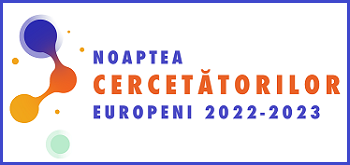| Articolul precedent |
| Articolul urmator |
 |
 290 290 4 4 |
| Ultima descărcare din IBN: 2021-12-02 11:16 |
 SM ISO690:2012 SM ISO690:2012GONCIARUC, Valeriu, BOLOTIN, Oleg, BOLOGA, M., VRABIE, Elvira, POLIKARPOV, Albert. Nanomodification of the activated concrete mixture in magnetofluidized layer. In: Nanotechnologies and Biomedical Engineering, Ed. 5, 3-5 noiembrie 2021, Chişinău. Chişinău: Pontos, 2021, Ediția 5, p. 66. ISBN 978-9975-72-592-7. |
| EXPORT metadate: Google Scholar Crossref CERIF DataCite Dublin Core |
| Nanotechnologies and Biomedical Engineering Ediția 5, 2021 |
||||||
|
Conferința "Nanotechnologies and Biomedical Engineering" 5, Chişinău, Moldova, 3-5 noiembrie 2021 | ||||||
|
||||||
| Pag. 66-66 | ||||||
|
||||||
| Rezumat | ||||||
The results of concrete hardening due to nanomodification using graphene of a mixture of sand and Portland cement, activated in a magnetofluidized layer, are presented. The magnetofluidized layer is a suspension of needle-shaped ferromagnetic elements in a rotating electromagnetic field. As a result of intensive movement and constrained impact between ferromagnetic elements and concrete particles, sand and cement are finely ground. The results of studies of structural changes in quartz sand and Portland cement during mechanical activation in a magnetically fluidized layer are presented and analyzed. Changes in the surface physical and mechanical properties of sand and cement in comparison with the initial samples were determined by X-ray diffractometry and IR spectroscopy. During the nanomodification of concrete, difficulties arise in the uniform distribution of graphene in the total volume due to the very small size of nanoparticles and its small amount. The magnetofluidized layer provides a high degree of mixing, which makes it possible to evenly distribute graphene in the volume of the concrete mixture components, while exerting an electromagnetic effect and crushing the raw components. |
||||||
|












